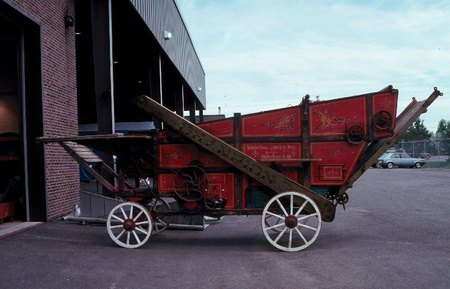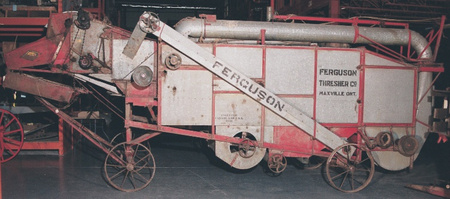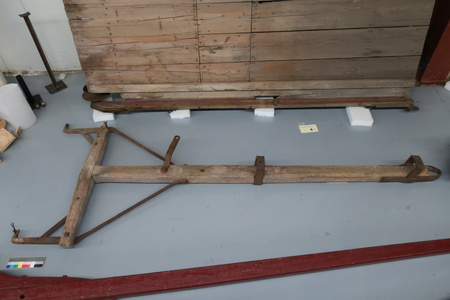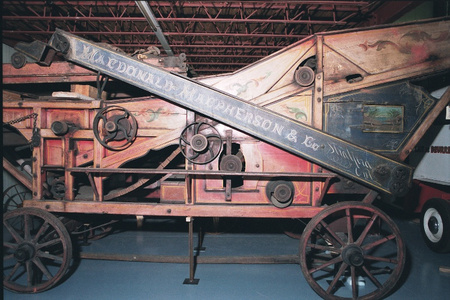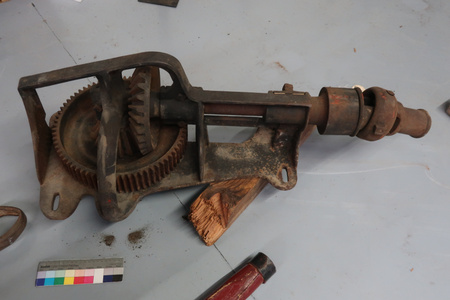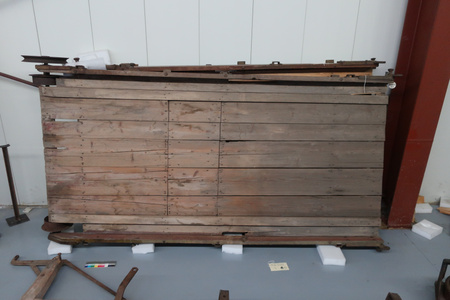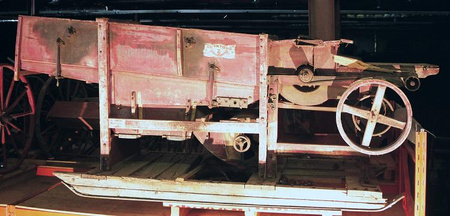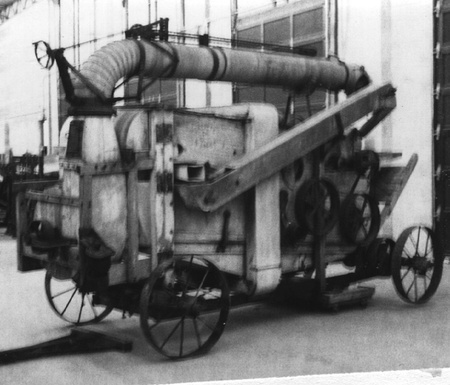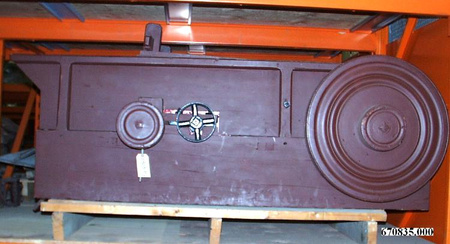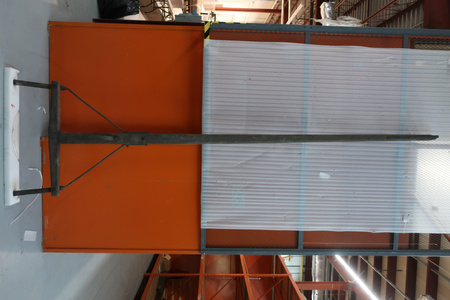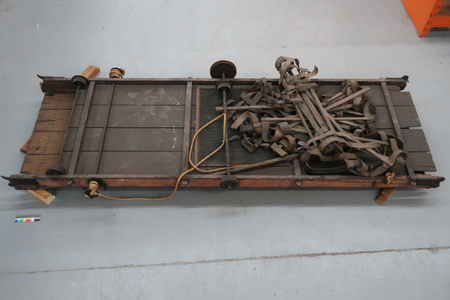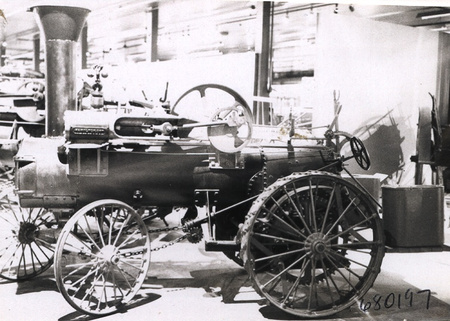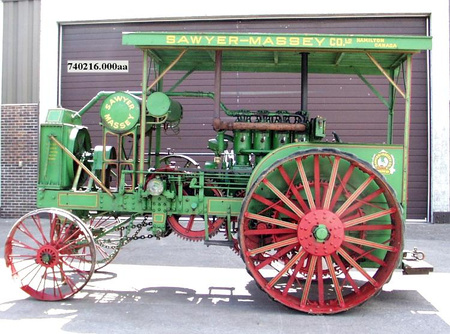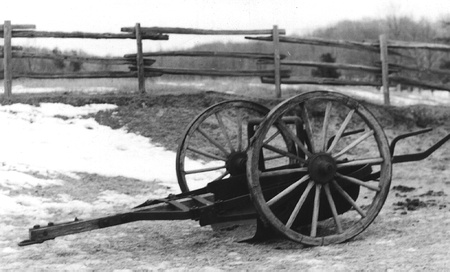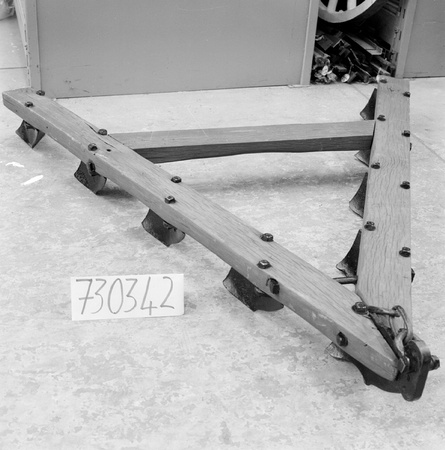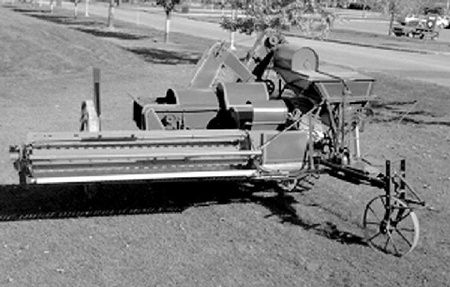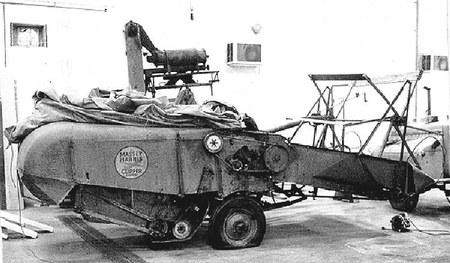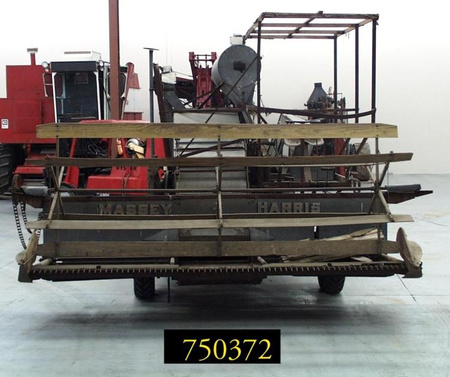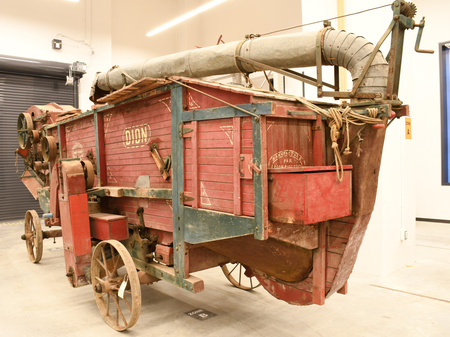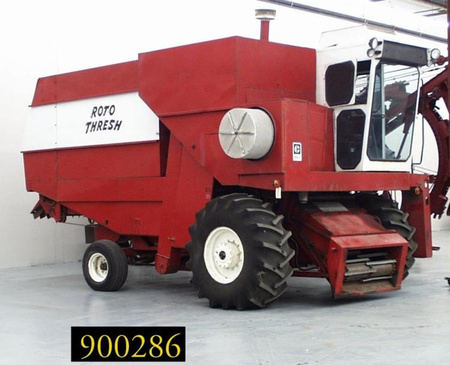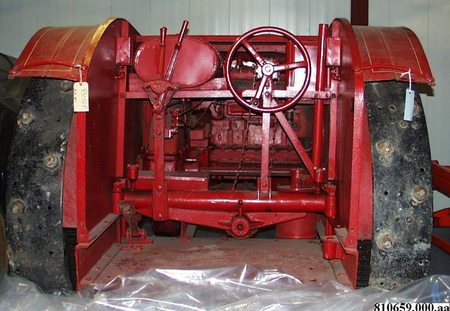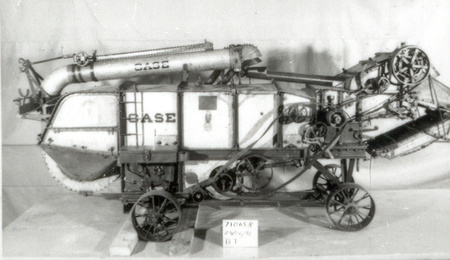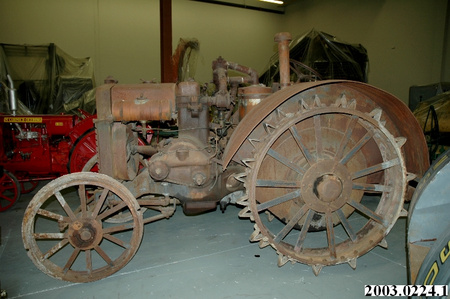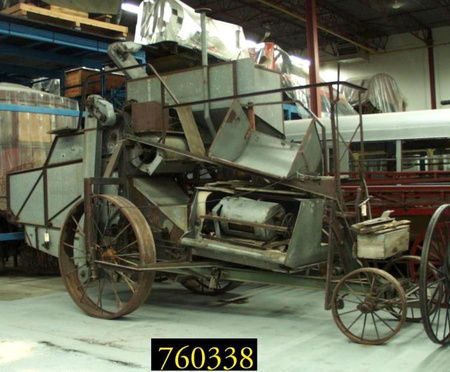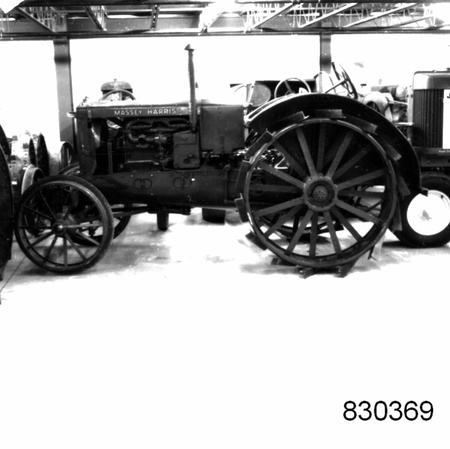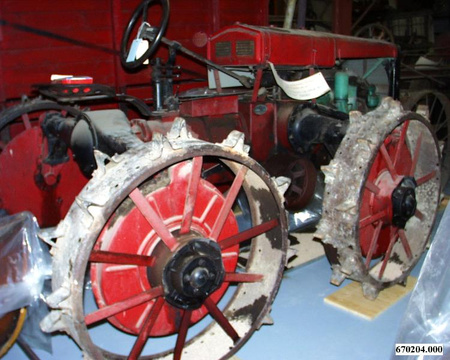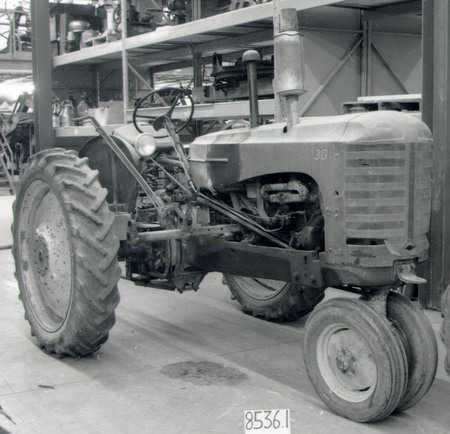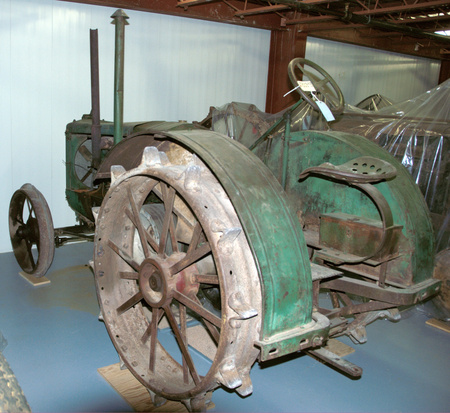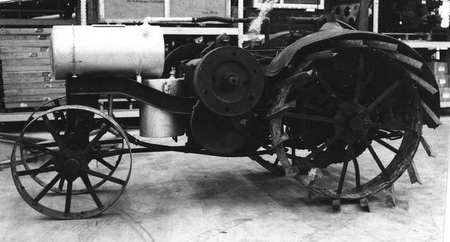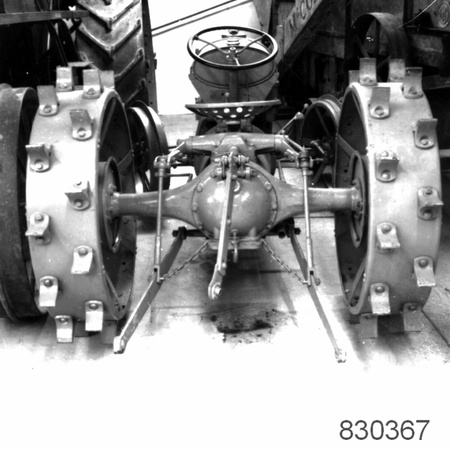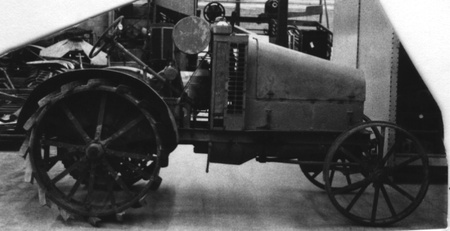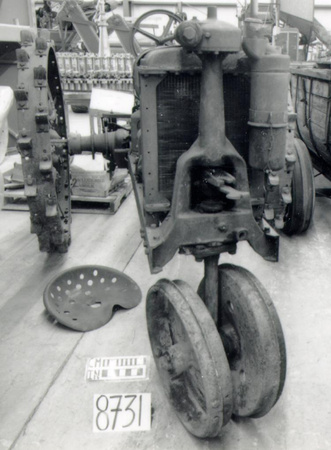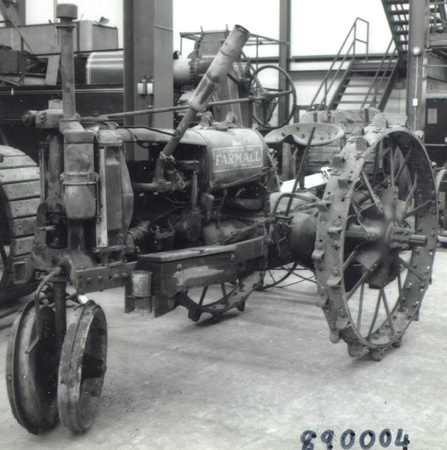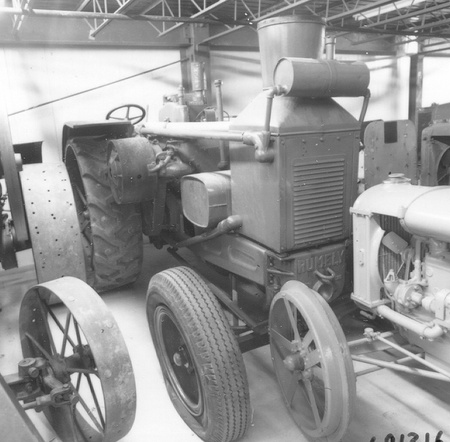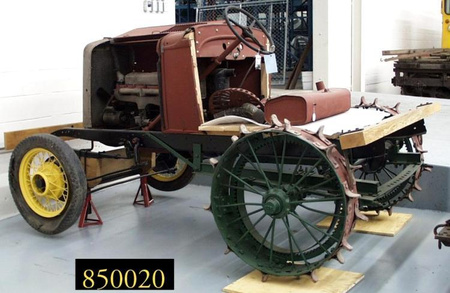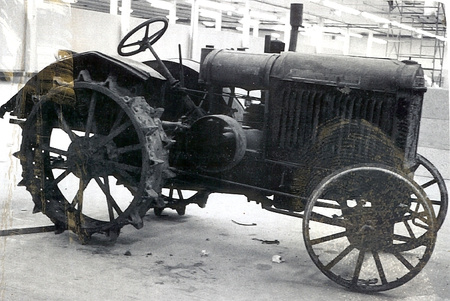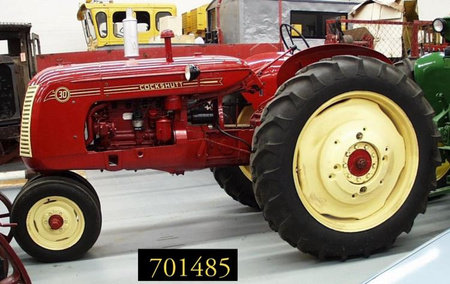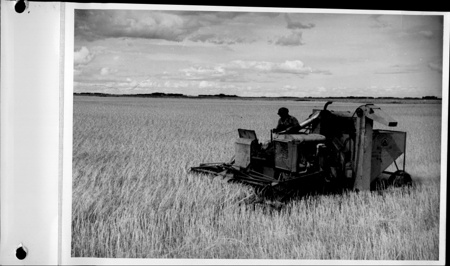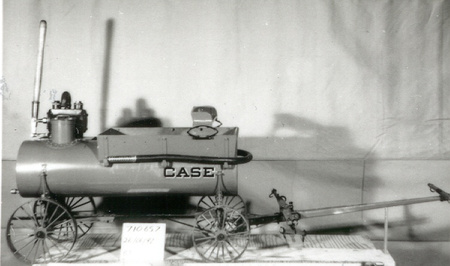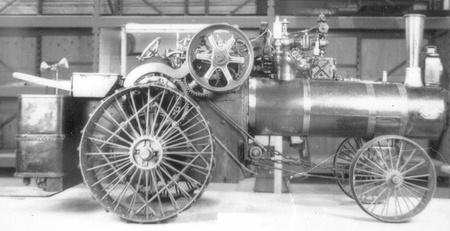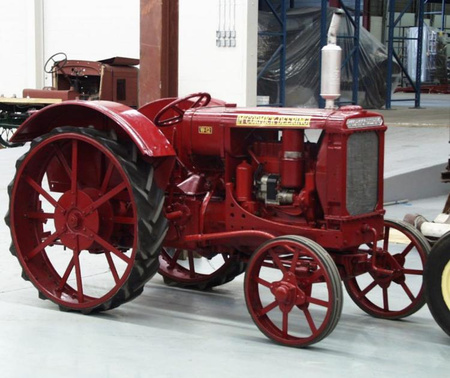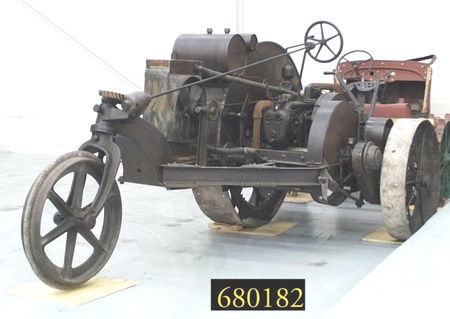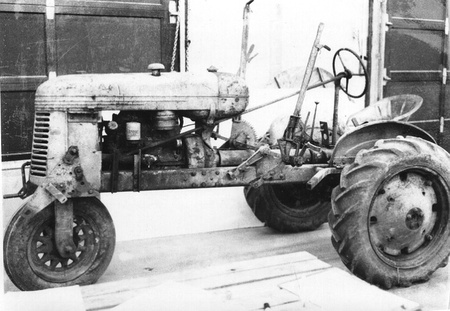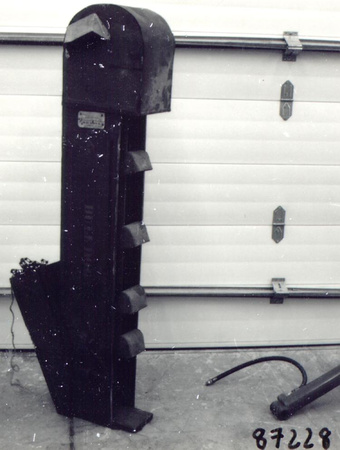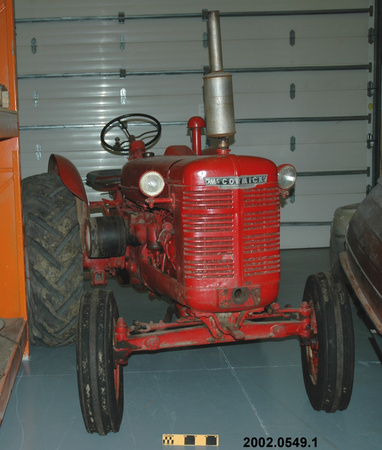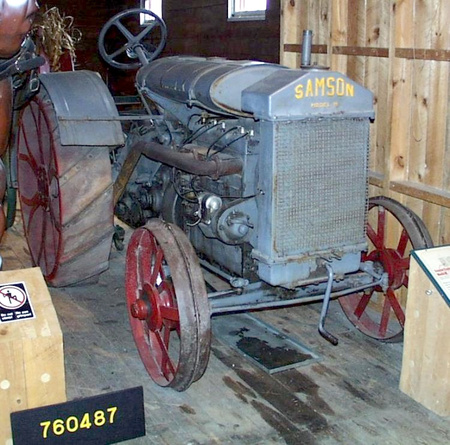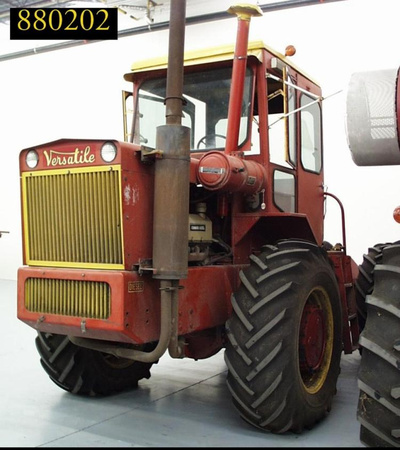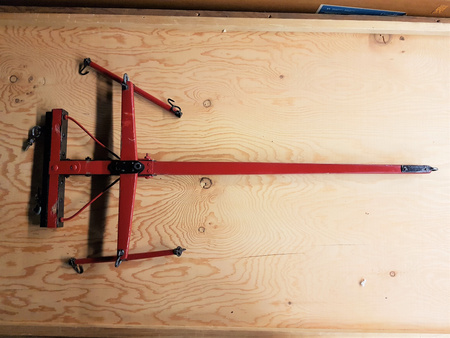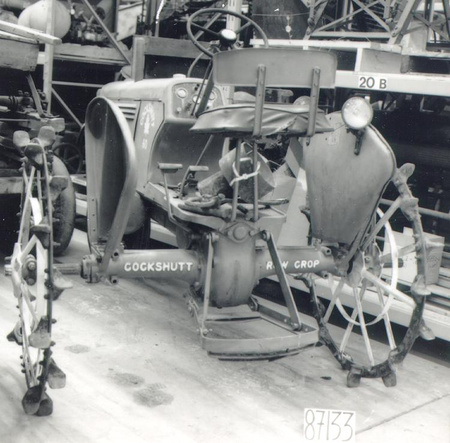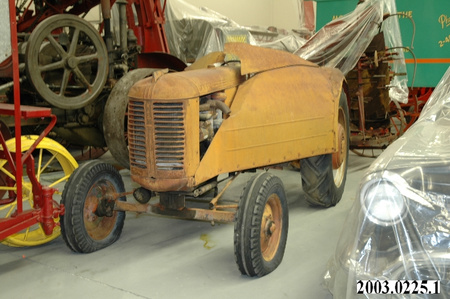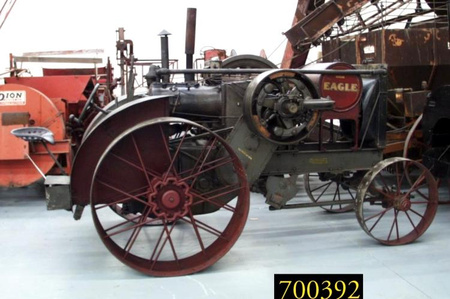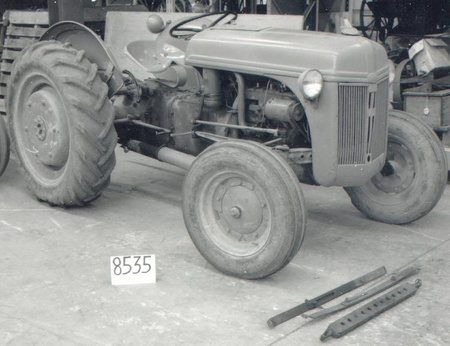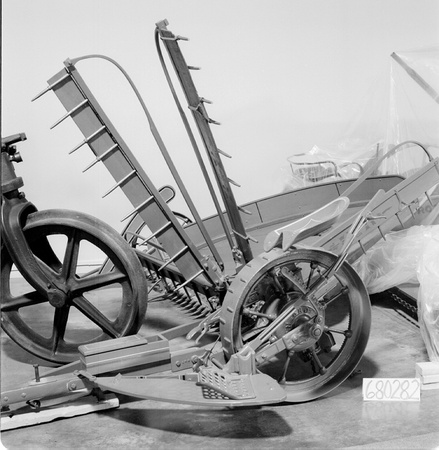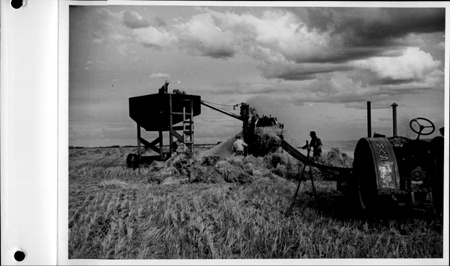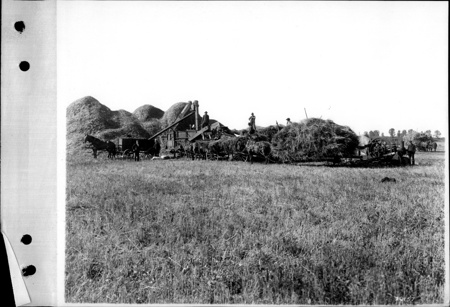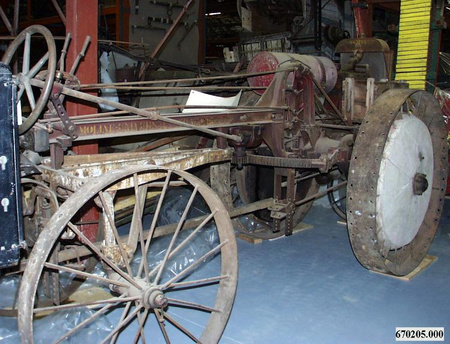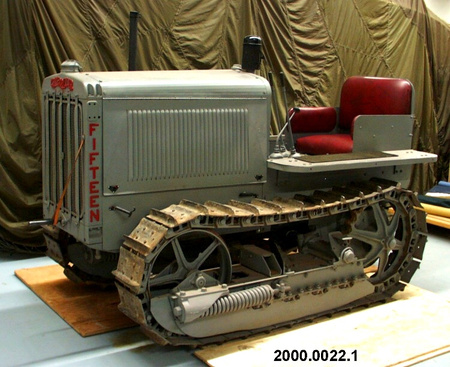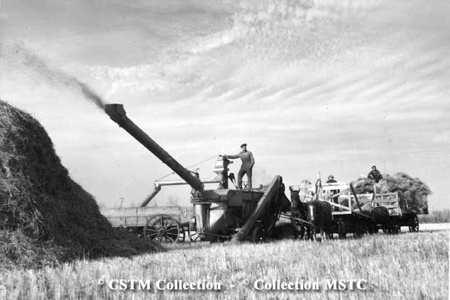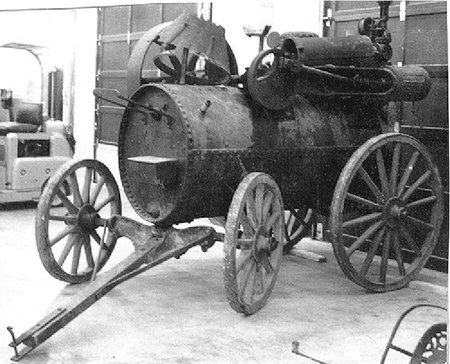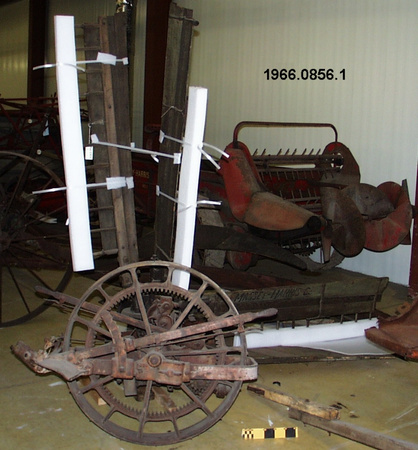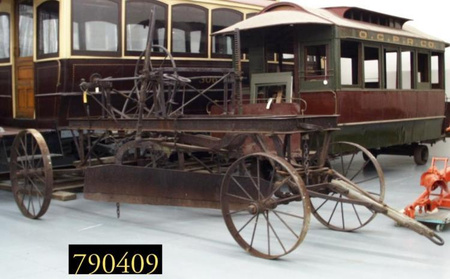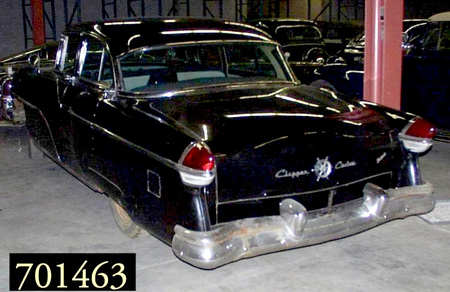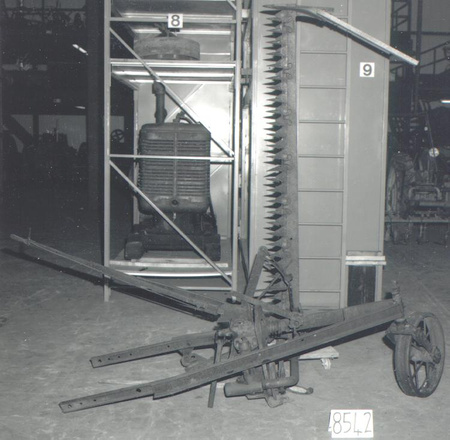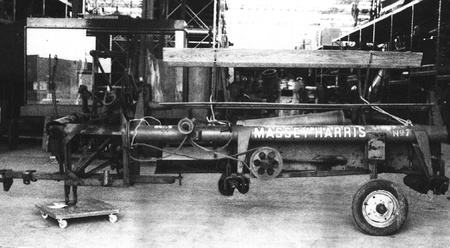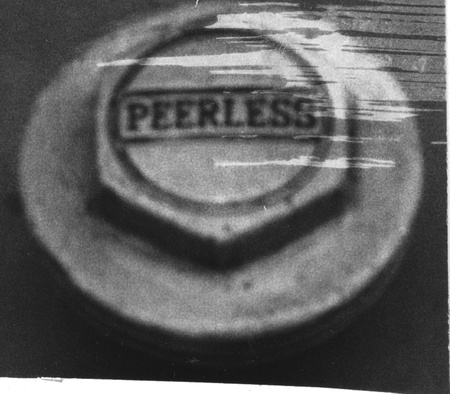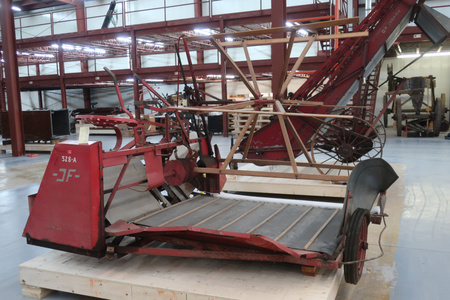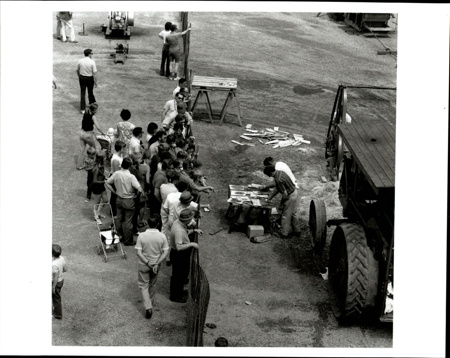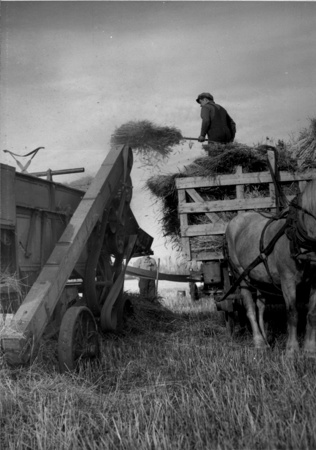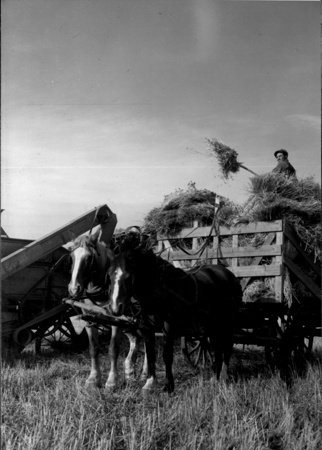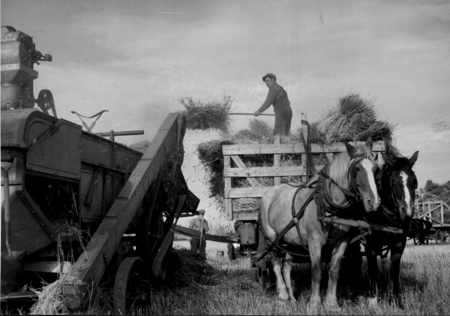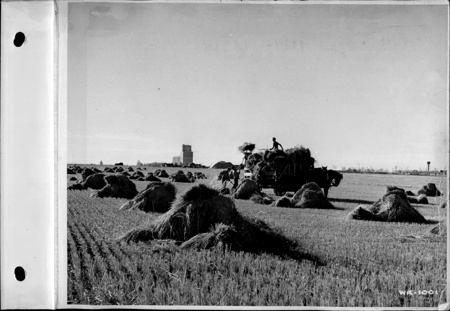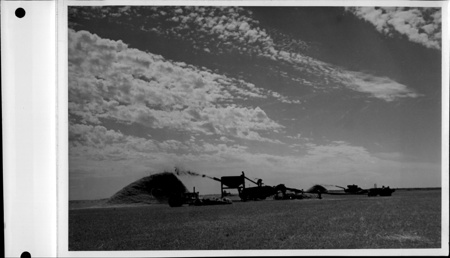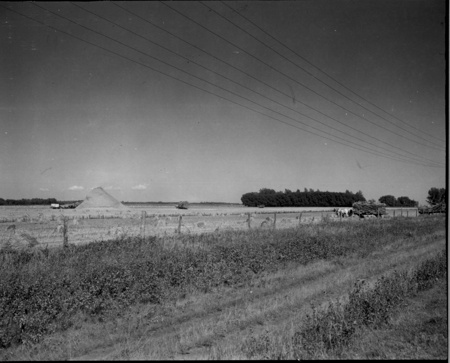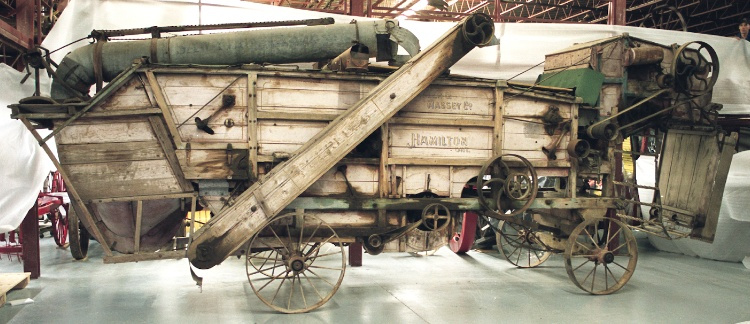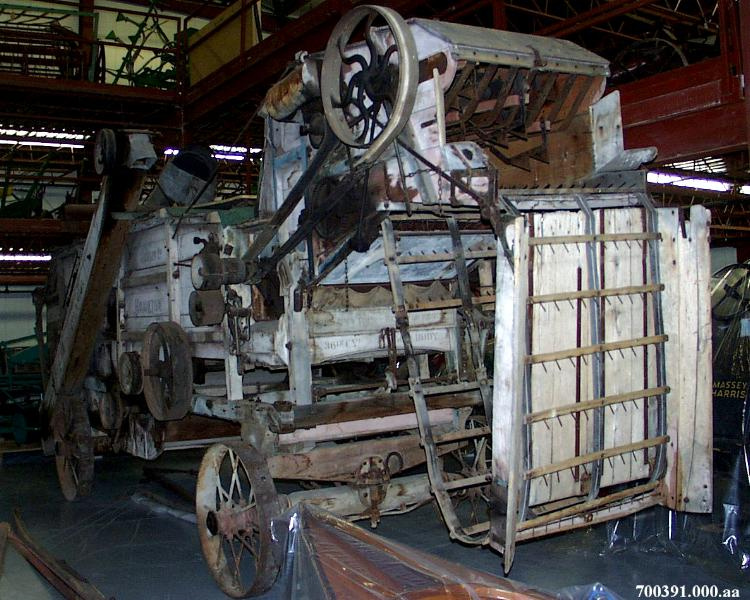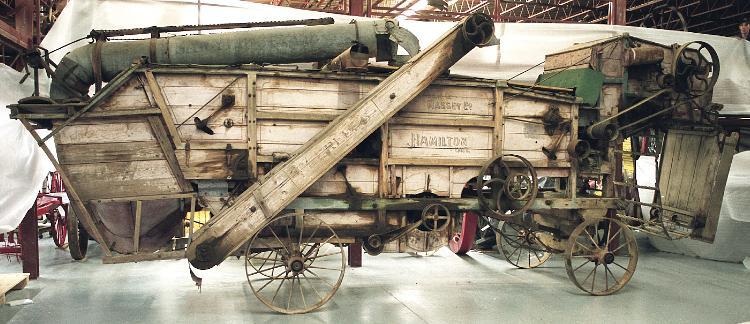Thresher
Use this image
Can I reuse this image without permission? Yes
Object images on the Ingenium Collection’s portal have the following Creative Commons license:
Copyright Ingenium / CC BY-NC-ND (Attribution-NonCommercial 4.0 International (CC BY-NC 4.0)
ATTRIBUTE THIS IMAGE
Ingenium,
1970.0391.001
Permalink:
Ingenium is releasing this image under the Creative Commons licensing framework, and encourages downloading and reuse for non-commercial purposes. Please acknowledge Ingenium and cite the artifact number.
DOWNLOAD IMAGEPURCHASE THIS IMAGE
This image is free for non-commercial use.
For commercial use, please consult our Reproduction Fees and contact us to purchase the image.
- OBJECT TYPE
- WOOD/SELF FEED
- DATE
- 1902
- ARTIFACT NUMBER
- 1970.0391.001
- MANUFACTURER
- Sawyer-Massey
- MODEL
- PEERLESS SEPARATOR/1315
- LOCATION
- Hamilton, Ontario, Canada
More Information
General Information
- Serial #
- N/A
- Part Number
- 1
- Total Parts
- 1
- AKA
- N/A
- Patents
- N/A
- General Description
- WOOD/ STEEL
Dimensions
Note: These reflect the general size for storage and are not necessarily representative of the object's true dimensions.
- Length
- 810.0 cm
- Width
- 243.0 cm
- Height
- 292.0 cm
- Thickness
- N/A
- Weight
- N/A
- Diameter
- N/A
- Volume
- N/A
Lexicon
- Group
- Agriculture
- Category
- Crop handling
- Sub-Category
- N/A
Manufacturer
- AKA
- Massey
- Country
- Canada
- State/Province
- Ontario
- City
- Hamilton
Context
- Country
- Canada
- State/Province
- Unknown
- Period
- Unknown
- Canada
-
The Sawyer Massey company of Hamilton, Ontario produced road-building equipment, reapers, mowers, separators, horse powers, and beginning in the early 1880s, steam traction engines. Prior to 1892, the company was known as the L.D. Sawyer Co. In 1892, the Massey brothers acquired an interest in the company and it was renamed the Sawyer & Massey Company. In 1910, the Masseys divested their holding and the company then became known as Sawyer-Massey. Sawyer-Massey continued to produce threshers and steam traction engines, and later manufactured gasoline-powered tractors. - Function
-
Threshers separate or "thresh" grain from the head of a harvested plan such as wheat, separating grain kernels from the straw and chaff. Threshers were first developed in Europe in the late 18th century and mechanized the separation of grain, which was previously done by hand with tools such as flails. The first threshing machines were stationary: powered by hand or treadmill, they increased the amount of grain a farmer could separate in a day. Wheeled threshing machines began to replace stationary threshers in the 1860s and further mechanized grain harvesting. Threshers were initially built of wood and powered by horse-powered windlasses; they were later built of steel and powered by steam traction engines and gas tractors. Threshers were in turn replaced through the twentieth century by combine harvesters, which merged harvesting and threshing operations in one machine. - Technical
-
Wheeled threshing machines were first introduced in the 1860s. Replacing stationary ground threshers, they further mechanized grain harvesting and increased the amount of grain a farmer could process in a day. Initially powered by horse power, threshers were later powered by steam traction engines and gas tractors. The Peerless Separator was first introduced in 1887. This later model also features a self-feeder, technology that was introduced in the 1890s. Self-feeders automatically cut tied grain bundles and fed them into the thresher at a steady rate. They also allowed a greater volume of grain to be threshed in the machine. Powered by traction engines, and later tractors, these types of threshers were gradually replaced in the mid 20th century by combine harvesters, which merged reaping and threshing operations in one self-propelled machine. This object represents the trend in late 19th century threshers to further automation in grain separation; it also represents the consolidation of Canadian agricultural-equipment manufacturing in the late 19th and early 20th centuries. - Area Notes
-
Unknown
Details
- Markings
- N/A
- Missing
- From CA of 05/21/1997 by Carrie Misener: Yes - Missing attaching 'U' bolt from proper lt side of tong where it attached to the front axle.
- Finish
- NEEDS REFURBISHING
- Decoration
- N/A
CITE THIS OBJECT
If you choose to share our information about this collection object, please cite:
Sawyer-Massey, Thresher, 1902, Artifact no. 1970.0391, Ingenium – Canada’s Museums of Science and Innovation, http://collection.ingenium.ca/en/id/1970.0391.001/
FEEDBACK
Submit a question or comment about this artifact.
More Like This

